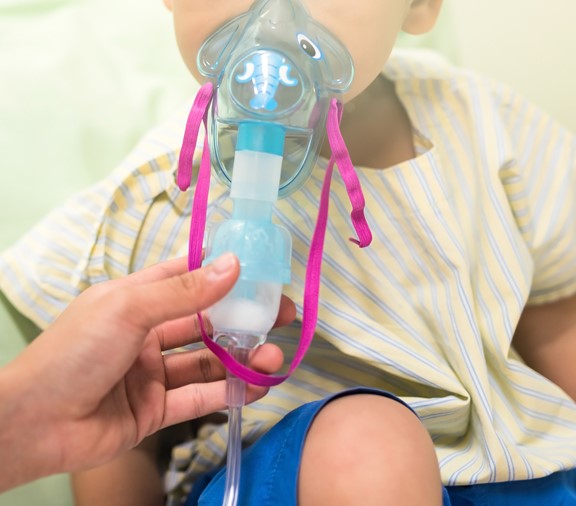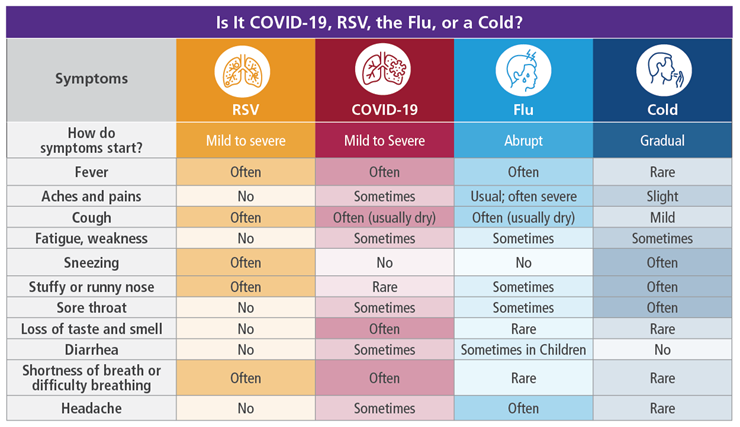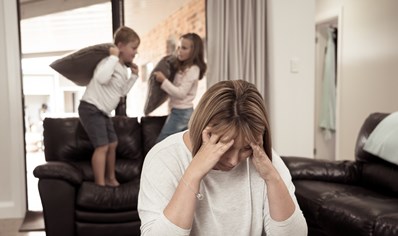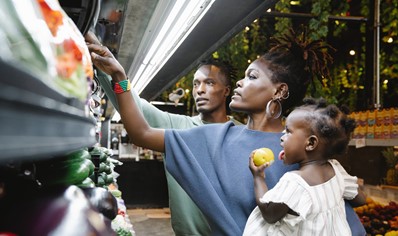
What Parents Should Know About Respiratory Syncytial Virus (RSV) in Infants and Young Children
March 27, 2023
In the past few years, we’ve heard a lot about respiratory illnesses like COVID-19. RSV is another common virus that mainly affects infants and older adults – while infections are usually mild, it can become more severe in some cases. 
North Texas pediatric physician assistant Robert Smith shares important information about this common infection – and what you can do to prevent it.
What is Respiratory Syncytial Virus (RSV)?
RSV or bronchiolitis is a common respiratory infection. It can cause severe wheezing and breathing problems in young children. It also can cause severe respiratory distress, usually in children less than 2 years old and up to 5 years old.
What are the early symptoms of RSV?
Symptoms usually start within two to eight days of being infected. They include a runny nose, congestion, sneezing, a slight fever, and a cough that continues to get worse.
What are the more severe signs of RSV?
In severe cases, symptoms will get worse over the first three to five days. You may notice signs that your child is having to work harder to breathe – for example, they may be wheezing, grunting, or flaring their nostrils. You may notice that their chest seems to be “caving in” while they’re trying to breathe. After about four or five days, children with a severe case of RSV may also have a loss of appetite.
How is RSV different from COVID-19 or the flu?
It can be hard to tell the difference between RSV and COVID-19. Both are respiratory viruses, and both have similar symptoms including fever, runny nose, congestion, and cough. For the most part, RSV is limited to the respiratory system, while COVID-19 can include other symptoms like diarrhea, nausea, vomiting, and other flu-like symptoms.
How does RSV spread?
Typically, it is spread:
- Through contact with others who are infected.
- By touching infected surfaces or being in enclosed spaces where other sick people have been.
- At places like childcare centers, schools, and churches, where you might touch unclean hands or unclean surfaces like doorknobs and toys.
- By playing with siblings or other school-aged children, or from sick adults.
- Through exposure to smoke and pollution.
Who is likely to have a severe reaction to RSV?
Those at the highest risk are:
- Infants less than 12 weeks old, or infants who were born prematurely (less than 35 weeks).
- Infants with heart or respiratory conditions, or those with compromised immune systems. This can also include children who were not breastfed.
When should I call my doctor (or go to the hospital)?
Never be afraid to seek help if you are worried something is wrong! You should call 9-1-1 or go to the emergency room if your child:
- Is having trouble breathing.
- Is grunting or gasping.
- Is flaring their nostrils.
- Is using their abdominal muscles to breathe.
- Is not responding to at-home treatment.
- Has a bluish tint to their lips.
How can RSV be treated?
Typically, your provider will treat your child’s symptoms and make sure they’re getting enough oxygen, fluids, and healthy nutrients. If their symptoms continue to get worse, your child might need to go to the hospital for additional treatment. Antibiotics, steroids, or albuterol nebulizers are not helpful for treating RSV.
There are vaccines available for patients at high risk of getting RSV. They are typically offered before newborn infants are discharged from the hospital.
How can parents protect their infant or child from RSV?
- Wash your hands.
- As much as possible, avoid exposure to other children or adults who may be sick.
- Ensure proper hydration and good nutrition.
- If possible, breast feed your child from an early age.
- More than anything else, be aware of their symptoms, and seek care early if there is a concern. Be proactive, not reactive.




